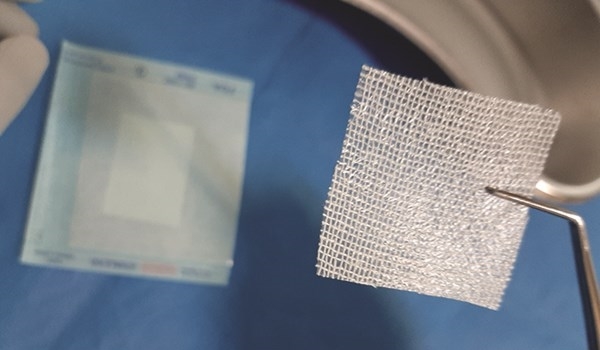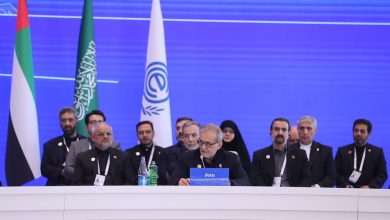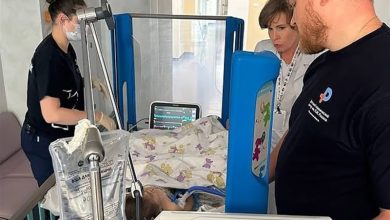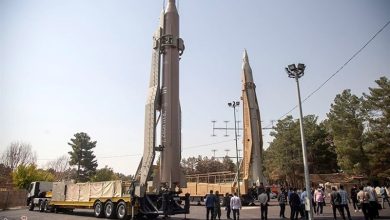Iranian Researchers Develop Special Dressing for Rapid Treatment of Full-Thickness Wounds

Iranian researchers at Royan institute in cooperation with their colleagues at Semnan University introduced a transparent tributylammonium alginate surface-modified cationic polyurethane (CPU) wound dressing which can heal full-thickness wounds rapidly.
Risk factors of nonhealing wounds include persistent bacterial infections and rapid onset of dehydration; therefore, wound dressings should be used to accelerate the healing process by helping to disinfect the wound and provide moisture.
In this research, the Iranian scientists studied the physicochemical properties of the dressing using Fourier transform infrared, 1H NMR, and 13C NMR spectroscopies and scanning electron microscopy, energy-dispersive X-ray, and thermomechanical analyses.
The surface-modified polyurethane demonstrated improved hydrophilicity and tensile Young’s modulus that approximated natural skin, which was in the range of 1.5–3 MPa. Cell viability and in vitro wound closure, assessed by MTS and the scratch assay, confirmed that the dressing was cytocompatible and possessed fibroblast migratory-promoting activity.
The surface-modified CPU had up to 100% antibacterial activity against Staphylococcus aureus and Escherichia coli as Gram-positive and Gram-negative bacteria, respectively. In vivo assessments of both noninfected and infected wounds revealed that the surface-modified CPU dressing resulted in a faster healing rate because it reduced the persistent inflammatory phase, enhanced collagen deposition, and improved the formation of mature blood vessels when compared with CPU and commercial Tegaderm wound dressing.
The results of the study have been released in the ACS Applied Materials & Interfaces magazine.
Royan Institute is a public non-profitable organization which is affiliated to Academic Center for Education, Culture and Research (ACECR) and was established in 1991. It has 46 scientific members and 186 lab technicians. Royan consists of three research institutes, each focused on different fields of research.







